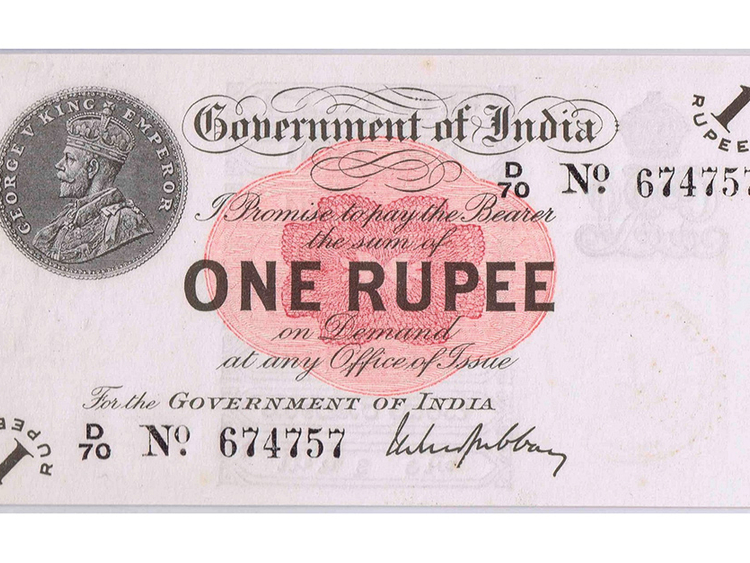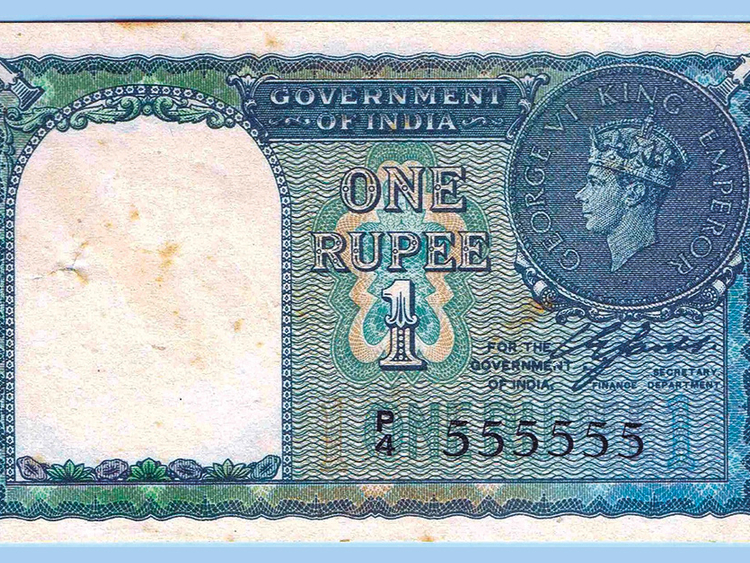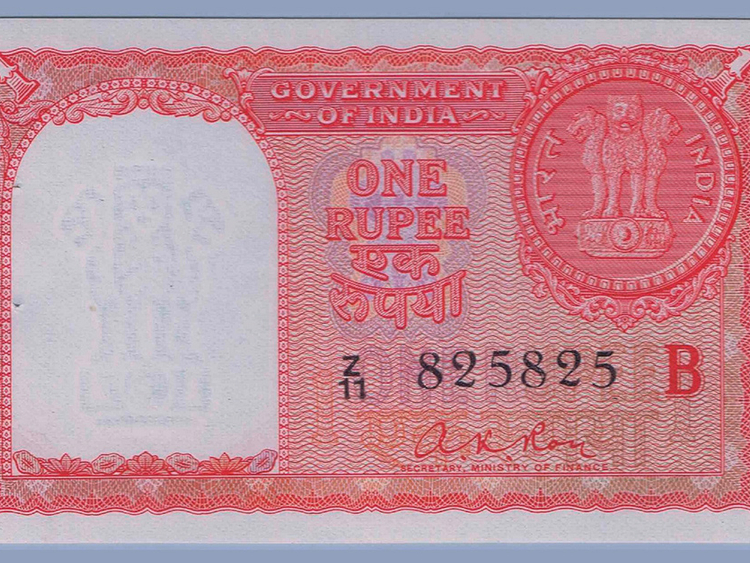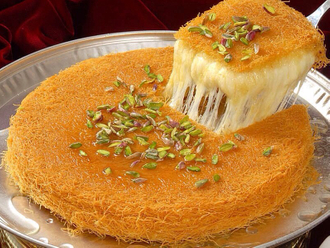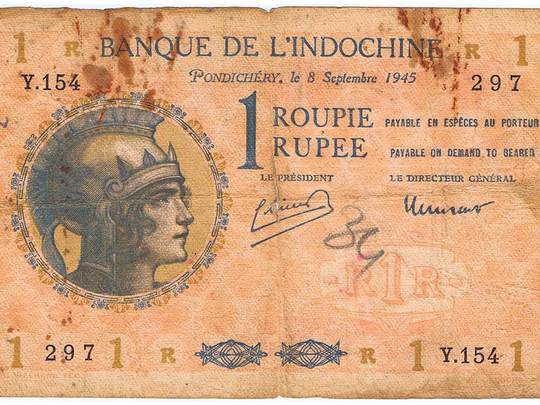
Dubai: As the Indian one-rupee note completes its century, the people in the UAE will be treated to an exclusive display of 100 different Indian one-rupee notes, issued from 1917 to 2016.
To commemorate the occasion, Dubai-based numismatics company, Numisbing and International Bank Note Society, Dubai Chapter (IBNS Dubai) are jointly holding an exhibition to take visitors through the amazing 100 years’ journey of the one-rupee note. The showcase will be held at the Numisbing Gallery in Deira on Maktoum Street from Friday until May 14.
The show will be a history lesson in itself with the currency notes telling the tale, taking its viewers through the various epoch-making stages experienced by the British colonies — such as India and Gulf countries — from the pre-independence upheavals to different post-independence phases and into the modern age.
Viewers will find original notes which were first issued in India in 1917 by King George V, followed by King George VI, the proposed one rupee with Gandhi’s portrait in 1948, various issues after independence till 1994, one-rupee note for exclusive use in Gulf countries, Burma, Pakistan, Hyderabad and territories of Portuguese and French India, up to the latest 2015 and 2016 issues. The exhibits will be accompanied by detailed description and some interesting stories behind a few notes. History buffs, in particular, will benefit from the information that will be disseminated at the exhibition.
“Until 1900s, one-rupee denomination in India was issued in coins; however, as the demand for metal shot up during and after World War I, notes were also introduced and the use of coins was reduced, but never completely eliminated,” explained Ram Kumar, founder of Numisbing and president of IBNS Dubai Chapter, “Interestingly, in a reverse situation, the notes were replaced exclusively by coins in 1994 when their printing cost became very high, but was reintroduced in 2015.”
“However, this is a fact that many people are not aware of,” continued Steve Desouza, co-founder of Numisbing and secretary of IBNS, Dubai Chapter, “1 Rupee notes came back in circulation after a gap of nearly 21 years, the new note was similar in design as the old one, but in a slightly different colour. These notes are rarely seen in circulation since the denomination has very little spending value and people prefer to keep it with themselves. Currently, the cost of printing a one-rupee note is estimated to be Rs1.14, but the government is still printing them.”
The first one-rupee note issued in India in 1917 carried the portrait of King George V, who was the ruler of India during that period. The currency was printed on white handmade moulded paper, and issued in the form of stapled packet of 25 notes. They were signed by any of the three signatories who were M.M.S. Gubbay, A.C. Mc Watters and H. Denning. In 1949, post-independence, the Indian government redesigned the one-rupee using the Lion Capital of Ashoka as the image.


